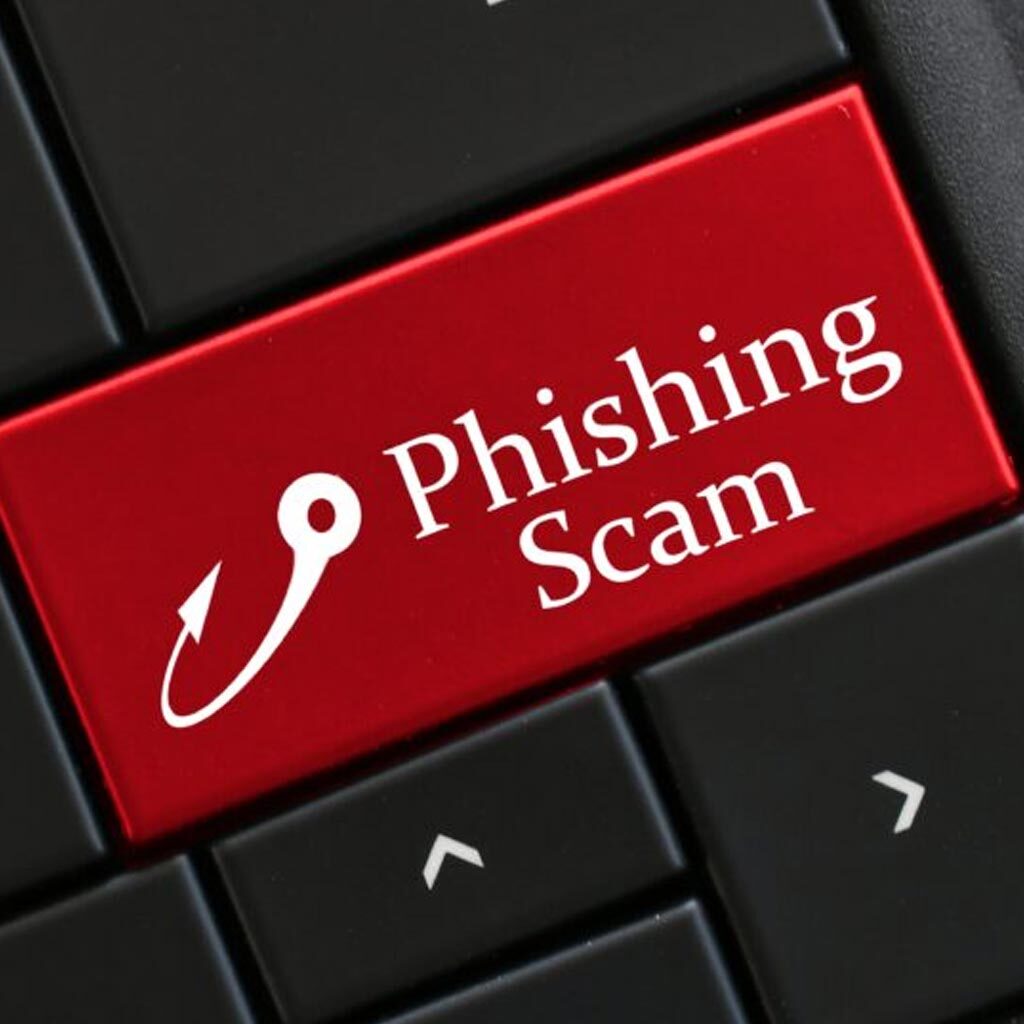Phishing emails, “How to recognize them and how to protect yourself.”

Phishing has been perhaps the biggest threat to cyberspace for more than five years. For this reason, all users, and especially employees, should be very careful and recognize the signs of a phishing attack. Anyone can be a target for criminals. Given the number of phishing attacks that occur daily, all users should consider every email they receive as suspicious.
The term “Phishing” is basically a hacker’s technique, usually through email, with the aim of tricking users into revealing valuable information such as passwords, account numbers or other sensitive information. It is also used to trick users into downloading malware onto their PC, usually through attachments.
The term “Phishing” was first used by the hacker Khan C Smith, the first major prolific spammer and tech developer. The term was later adopted by the entire hacker community. The word itself refers to the English word “fishing”, as the process by which the perpetrator is presented to attract users is reminiscent of the process of baiting in fishing. The change of the letter f to ph, was more likely accidental or used by hackers to hide their traces. Also the word probably had to do with the older term of “phreaking” or “phone freaking”. Phreaking is the act of unauthorized manipulation of telephone networks.
How Phishing started:
The first ever recorded phishing scam came around 1995. Their intention was to hit the then largest online communications service AOL, which at the time served 3.5 million accounts. Phishers, by creating fake accounts, communicated with the users of the service pretending to be employees of the company itself, openly asking the users for their personal codes and bank account numbers, usually on the pretext that there was a problem with their account.
Phishing has become easy even for inexperienced users, with the introduction of the AOHell application, which automatically deceived users, turning Phishing from a simple joke into one of the biggest cyber threats. Naturally, the company was forced to strengthen the security tools of the service by placing warning messages in various parts of the tool, while at the same time announcing an official warning to its users that they should take the same measures, avoiding suspicious users and frequently changing their password. AOL developed a phishing-related account deactivation system before users responded.

Although these may sound extreme, it is important to carefully check an email sent to you in order to verify its authenticity. There are many signs that an email is a phishing attempt so let’s look at some of the most common.
- Domain
Businesses do not usually send emails from addresses ending in “@gmail.com”. Most organizations, except from a few small businesses, will have their own email domain and corporate accounts.
If the domain name matches the sender, then the message is probably legitimate. However, having the company’s name anywhere in the email is not enough to consider an email secure.
- How the email is written.
The way the sender speaks is very important. If a colleague or client suddenly speaks very familiar or a close friend uses official language, this should raise suspicions.
When we communicate with an acquaintance we know the language they use and the way they speak. Therefore, it is easy to understand possible changes in their writing style.
- Spelling, grammar or syntax errors.
Spelling, grammar or syntax errors are signs of phishing. Most legitimate companies pay attention to the way they write and spell check the emails they send.
Therefore, erroneous emails should raise suspicions, as they may not come from the sender displayed in the email.
- Inconsistencies in web addresses.
When receiving an email, a good idea would be to compare email addresses, links, and domain names with addresses in previous communications.
Also, recipients must always hover over a link before clicking on it to see its actual destination.
- Urgent!
Most phishing emails create a sense of urgency. They call on the victim to respond quickly to their request, hoping that they will not spend too much time checking on the email for any possible inconsistencies.
- Unusual requests.
If an email asks for something unusual, then users should be very careful.
For example, a company’s employee may receive an email from an IT company regarding the installation of a new software. The recipient of this email should be someone from the company’s IT department. If any other employee receives such an email, then something is probably wrong.
- Attachment file or link.
Phishing emails usually include attachments or links that try to infect the victim’s device or steal personal information.
- Request for credentials or personal information.
Legitimate companies do not ask for personal information and codes via emails, so this should immediately raise concerns.
- General greetings.
Legitimate companies usually address users by name, while phishing emails use general greetings such as “Dear Member”, “Dear Account Holder” or “Dear Customer”.

All of the above show that there is a great need to take some protective measures against phishing. A few good steps taken in order to prevent these from happening are:
- Use email spam filters.
- Protect devices with anti-virus software and regular software updates.
- Use a unique password for each of your online accounts.
- Use multi-factor authentication applications.
- Backup frequently.
Business-specific protection measures:
- Inform staff about new threats and conduct trainings with tests specifically designed for phishing attacks.
- Monitor and protect endpoints.
- Restrict access to unimportant websites.
- Allow access to the most important systems only to those who absolutely need it.
- Segment your company’s network.
If users and organizations take the above measures, they can be highly protected. Beyond that, the only reliable way to protect yourself from phishing emails is to not open any emails you consider a threat!